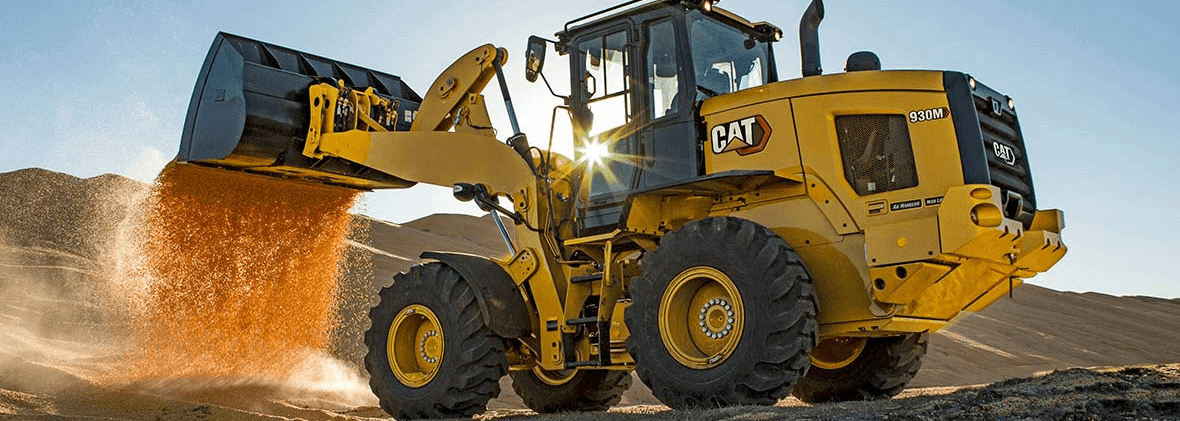
How Rental Equipment Can Fill the Gaps During Equipment Maintenance
Downtime is one of the biggest challenges on any jobsite. When machines sit idle, productivity drops and costs rise. Expenses can include repair and maintenance, wages for operators waiting on equipment, rental fees, and even penalties for missed deadlines. Since downtime is unavoidable, the best strategy is to plan ahead. Renting equipment from The Cat® Rental Store gives you the flexibility to fill gaps quickly and keep projects moving.
Renting Equipment to Reduce Downtime
Across construction and related industries, companies aim to keep downtime as short as possible. Having access to on-demand equipment rentals is a proven way to maintain tight schedules and control costs. Rentals let you avoid extended project delays and help reduce the impact of downtime maintenance costs.
Planned vs. Unplanned Equipment Downtime
Planned downtime includes activities like transporting equipment between sites, scheduling preventive service, or performing inspections. While the machine may be idle, these pauses are necessary. With a plan in place, you can budget for downtime and secure long-term rentals to avoid interruptions.
Unplanned downtime is harder to manage. Breakdowns, accidents, or weather events can disrupt productivity and cause bottlenecks. Since these costs are unpredictable, it’s essential to have a backup plan. Partnering with a rental provider ensures you have fast access to rental equipment when you need it most.
Tips to Prevent and Plan for Equipment Downtime
A smart downtime strategy combines prevention with a clear response plan. Here are ways to protect your fleet and stay productive:
- Develop a preventive maintenance program based on usage, service intervals, and manufacturer guidelines. Build rentals into your plan with resources like research on renting equipment.
- Keep detailed maintenance records. Tracking repairs helps identify recurring issues and supports warranty claims.
- Use software automation to schedule maintenance and secure work tool attachments or replacement rentals in advance.
- Provide operator training. Proper use reduces wear and extends machine life. Following best practices also helps improve construction profitability.
- Rely on trusted technicians. Whether in-house or local shops, experienced service reduces downtime. See these rental considerations when building your plan.
- Stock essential parts and fluids. Pair this with access to a rental provider so you can respond quickly to breakdowns.
- Partner with The Cat® Rental Store. You’ll have access to earthmoving equipment, concrete tools, forestry and landscaping equipment, and more.
Benefits of Renting From The Cat® Rental Store
The Cat Rental Store helps you cover downtime with flexible, reliable solutionss
- Right type of equipment: From excavators and dozers to compact track loaders, our network ensures you find the right machine.
- Correct machine size: Avoid costly delays from equipment that’s too large or too small. Our dealer network locates the right size for your needs.
- Flexible rental terms: Choose short-term rentals or longer agreements that match your project schedule.
- High-quality machines: All rentals are inspected and supported by responsive service.



Stay Productive With The Cat Rental Store
Downtime doesn’t have to mean lost profits. Rentals keep your operations moving until your machines are back online. Find the Cat Rental Store near you today.
Find The Cat Rental Store Near You